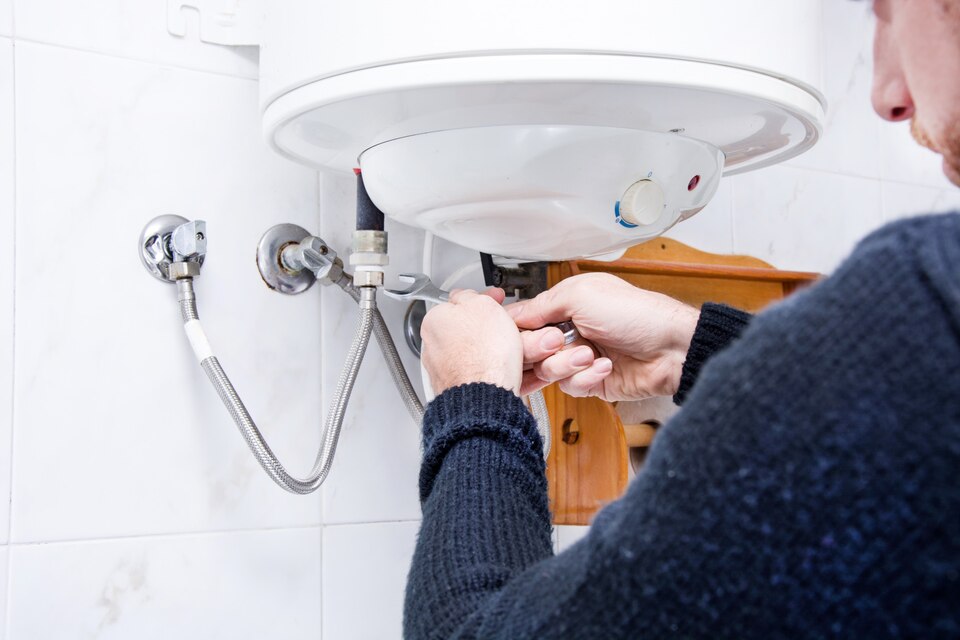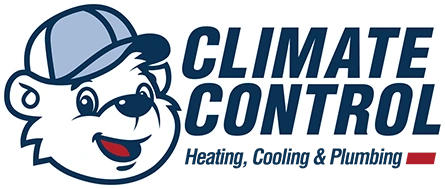What to Do When Your Hot Water Heater Is Leaking
Experiencing a leaking hot water heater can be both inconvenient and troublesome. It’s essential to address the issue promptly to minimize damage and restore comfort. Water leaks can stem from various causes, including faulty connections or pressure relief valves, which can lead to significant water loss and potential property damage.
1. Identify the Source of the Leak
When dealing with a leaking hot water heater, the first step is to locate the source of the leak. This requires inspecting various components and areas that are prone to leaks. Begin with the tank itself, as corrosion can lead to leaks. Look for any visible rust or moisture on the exterior of the tank.
Next, check the connections, specifically the inlet and outlet pipes. These fittings can loosen over time and cause water to drip. Tightening these connections might stop the leak if it is coming from these points. Another critical area to inspect is the temperature and pressure relief valve. This valve is designed to release water if the pressure becomes too high. It is located on the side or top of the heater and can leak if it is faulty or if the tank pressure is excessive.
After inspecting these common areas, determine the severity of the leak. Minor leaks, such as those from a dripping valve or minor pipe connection, may pose less immediate risk. However, significant pooling of water or rapid leaks could indicate a major issue, requiring prompt attention to prevent water damage. Knowing the specific source and severity is crucial in deciding the next steps in managing the leak effectively.
2. Turn Off the Water Supply and Power
Once the source of the leak has been identified, it’s essential to turn off the water supply to prevent further leakage. Locate the cold-water shut-off valve on the water heater, usually positioned above the unit. Turn this valve clockwise until it is fully closed. This action stops water from flowing into the tank and reduces the risk of further water damage.
After securing the water supply, the next critical step is to power off the water heater. For electric units, locate the breaker panel and flip the switch corresponding to the water heater to the “off” position. This eliminates the risk of electrical hazards while working on the water heater. If your heater runs on gas, turn off the gas supply by locating the shut-off valve on the gas line, usually found near the bottom of the heater. Rotate the valve until it is fully closed to ensure no gas is flowing to the unit.
Completing these steps ensures a safer environment and prevents any additional complications. By stopping both the water and power supply, you effectively pause the problem, allowing time to decide on further actions or repairs without risking further damage to your home.
3. Drain the Water Heater
Draining your water heater is crucial to minimizing water damage once a leak has been detected and the water supply is turned off. This process helps remove standing water that could otherwise cause further property damage or mold growth. It also allows for a clearer inspection of the water heater’s components, making any necessary repairs more accessible.
To drain the heater, follow these steps:
1. Locate the Drain Valve: The valve is typically found at the bottom of the tank. Connect a garden hose to the valve to direct the water to a safe drainage area, such as a floor drain or outside.
2. Open the Drain Valve: Carefully open the valve to allow water to flow out of the tank. Be prepared for a significant volume of water flowing out, especially if the tank was full.
3. Open a Hot Water Faucet: To help the water drain smoothly, open a nearby hot water faucet. This release eases the pressure inside the tank and allows the water to flow out more efficiently.
4. Monitor the Water Flow: Keep an eye on the draining process to ensure the hose remains secure and that the area where the water is draining is free from obstructions.
By completing these steps, you ensure the water heater is emptied safely, reducing the risk of additional leaks and preparing the unit for further inspection and repair.
4. Contact Our Professionals for Repair or Replacement
Despite taking immediate action, a professional assessment is often necessary to determine the full extent of the damage and the need for repairs or replacement. It’s essential to recognize when expert help is required, especially if the leak’s source is unclear or if there is significant damage to the tank.
Consider contacting our professionals if:
- The leak persists after initial inspection and actions.
- There is substantial rust or structural damage to the water heater.
- You have safety concerns, particularly involving gas-powered units.
Our experienced team can evaluate whether a simple repair, such as sealing a leak or replacing a valve, will suffice, or if a complete replacement is necessary. Choosing between repair and replacement often depends on the age and condition of the water heater. Our experts can recommend the most cost-effective and efficient solution, ensuring your hot water system’s longevity and performance.
Conclusion
Addressing a leaking water heater involves taking immediate, well-planned steps to prevent water damage and restore your hot water system as quickly as possible. From identifying the source of the leak to shutting off water and power, every action contributes to minimizing potential damages and preparing the unit for further inspection or repair. Draining the water heater forms a critical part of this process, making it ready for professional evaluation.
Timely intervention by our professionals can prevent the inconvenience of prolonged leaks and potential harm to your home. By understanding the appropriate steps and knowing when to seek expert assistance, you ensure the continued reliability and effectiveness of your water heating system.
If you’re dealing with a leaking hot water heater in Smithville, MO, don’t delay seeking professional help. At Climate Control Heating, Cooling & Plumbing, our skilled technicians are ready to assist with repairs or replacements, ensuring your home’s comfort and safety. Contact us today for reliable solutions tailored to your needs.





